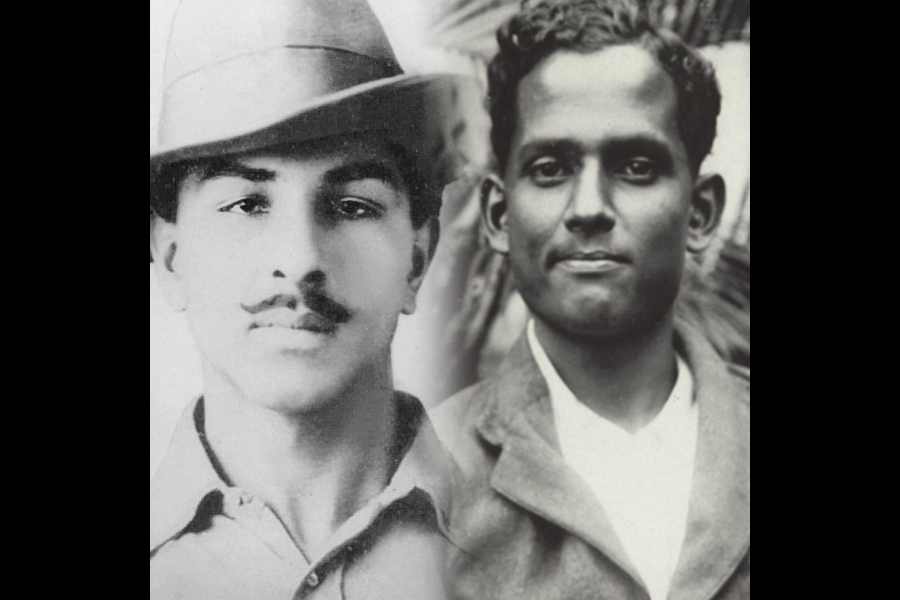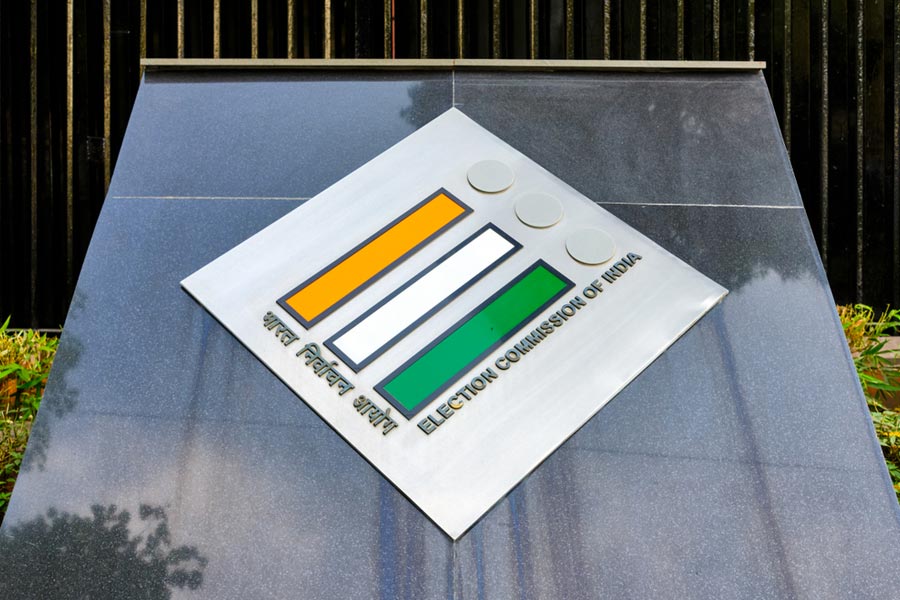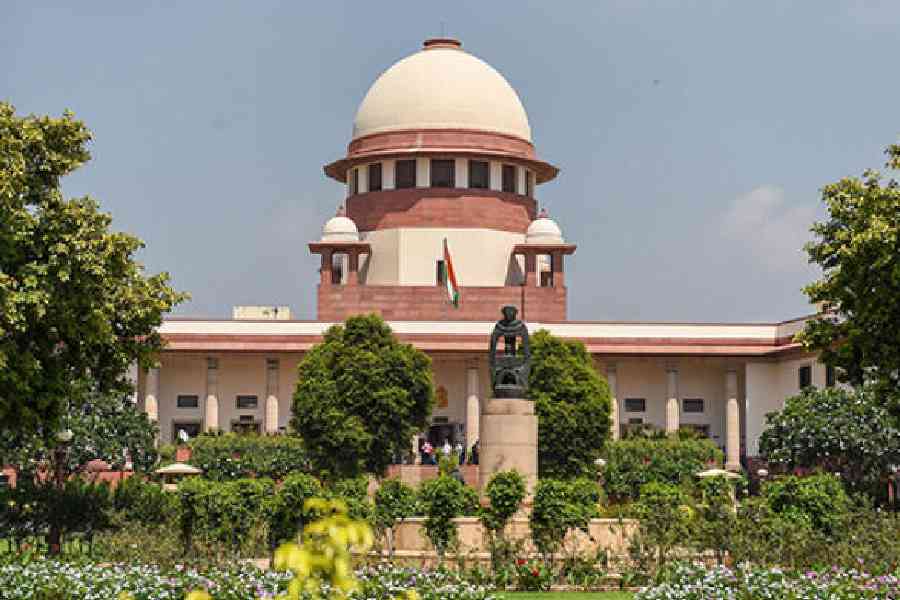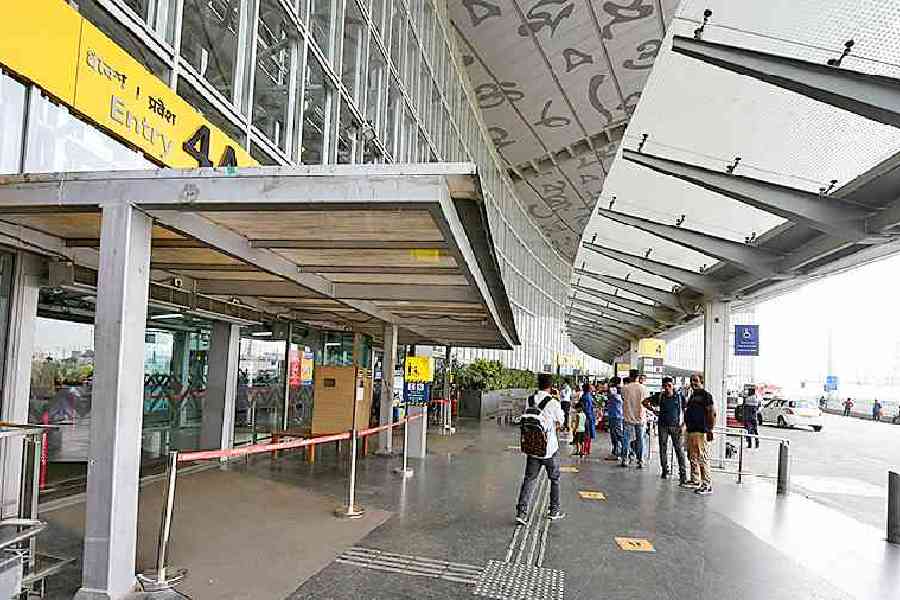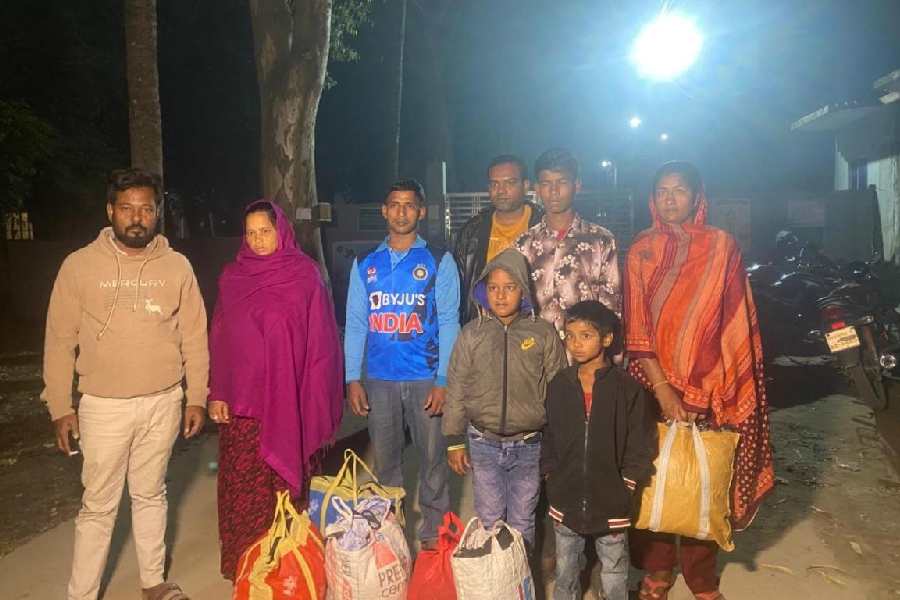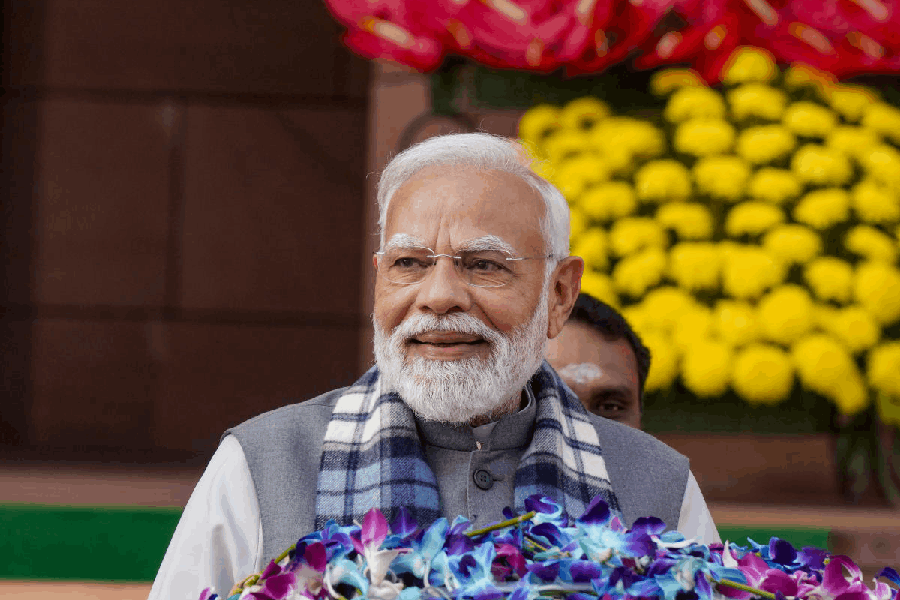It was at the turn of the 20th century that an alternative path of the freedom struggle, the revolutionary movement, arose and challenged the hubris of imperialism. Bengal and Punjab, geographically apart, inched closer, as a similar vein pulsed through the provinces. The two regions produced revolutionaries whose crusade was not a popular one; yet, they left lasting footprints on the sands of time that can never be washed or wished away.
The revolutionaries knowingly flirted with danger, pushed the boundaries of bravery, and, on occasion, were reckless with their own lives. At times, these men (and women) were ships passing in the night, albeit headed to the same port. Now and then, despite the tight-knit underground network where entry was restricted either to the daring or perhaps the foolhardiest, their journeys entwined. Like that of Kiron Das from Calcutta and my grandfather, Virendra, who lived in Lahore.
The historic fast in jail by his brother, Jatindra Nath Das, brought Kiron to Lahore. The elder Das and Bhagat Singh were headlining a protest against barbaric jail conditions, and their defiance had spread like a longed-for balm. After meeting his brother, every evening Kiron convened with his close friend, Virendra, who implored the youngster to get the hunger strike discontinued. This response, taken from the book, Pratap, A Defiant Newspaper, silenced him. “Virendra bhai,” Kiron Das told him, “You do not know what Bhagat Singh, Chandrashekhar Azad, my brother, and their comrades are made of. Life has no value for them if it cannot be used for the service of the motherland.” Jatin Das, Bhagat Singh, and other stalwarts of the freedom struggle had made a choice. A dignified death over a life of ignominy, and they embraced it with arms open wide.
After sixty-three days of fasting, Jatin Das breathed his last. The British had tried unsuccessfully to take his impending death off their hands, but this Bengali family had more than one warrior. A furious Kiron Das stood like a rock. It was to be an unconditional release, or his brother would stay where he was. From Calcutta, their father wired, forbidding his son’s release in those circumstances. At twenty-four, Jatin Das became a martyr.
Virendra was at the hill station of Shimla when he heard the news. Having built a formidable reputation while still in his teens, he was constantly shadowed by the CID, whom he evaded to reach the Delhi railway station. Amidst the throng of mourners on the platform, the two friends, Kiron and Virendra, tearfully hugged. The latter remembered every corner of the train compartment carrying Jatin Das on his last journey covered with floral tributes. Seated next to the wooden coffin was Sardar Kishan Singh, Bhagat Singh’s father. When Virendra said, “I don’t know whether to commiserate with you or to congratulate you on being the brother of a martyr,” Kiron immediately replied, “This is no time for sentimentality. Today, we are immensely proud. If he wanted, my brother could have saved his life, but he invited death.” At the Howrah station, among those who came to receive the martyred son of Bengal were Jatin and Kiron’s aged father and Subhas Chandra Bose. Netaji led the procession to the cremation ground.
The definitixon of martyrdom, where the cause was universal and the sacrifice wholehearted, has changed considerably. Countless young men and women during the British raj lived lives that were not ordinary; their deaths were no different. Unfortunately, the term, ‘shaheed’, martyr — a privilege used exclusively for those like Bhagat Singh — is thrown around loosely in present-day India, motivated also by ideological leanings.
This was not Virendra’s first introduction to Bengali revolutionaries. In April 1929, a group led by a former schoolteacher, Surya Sen, had made a daring attempt to raid the Chittagong (now in Bangladesh) armoury. While it ended in tragedy and Sen was betrayed by an approver (the freedom struggle had more than a few), the actions left a lasting impact all the way in Punjab where three revolutionaries, including Virendra, prepared for an encore. This was the genesis of the plan to shoot the Punjab governor, a chapter that finds mention in history books. The historian, S. Irfan Habib, points out that the Punjab revolutionaries received rudimentary knowledge and learnt bomb-making from Bengalis. Jatin Das was brought from Calcutta and Bengalis were also hired for training as they were more skilled.
What mettle were our freedom fighters made of? They unflinchingly stared at, or down at, death while burying all emotions. There was no glancing back even as the walk ended at the hangman’s noose. Their families were equally strong. Jatin Das’s father preferred seeing his son’s sacrifice rather than his surrender. Similarly with Virendra, who was first jailed (he was imprisoned nine times) when he was seventeen. The only thought in his father’s mind was that despite the police torture, his young son should not turn an approver. He preferred hanging.
How did the character of bravery transform in 75 years? Unfortunately, the ethos of our freedom struggle has also been replaced by the vilification of leaders who had facilitated the march of almost eight million refugees into a new dawn. In those extenuating circumstances, India was privileged to inherit the leaders of the stature that it did. The inability to draw icons from the Independence movement based on ideology has also allowed for a certain disdain of the freedom movement at large. Moreover, recollections are dimmed by wiping a past off its integral persona.
Was it the conditions the revolutionaries found themselves in, subjugated yet holding aloft the burning torch of freedom, that made them what they were? Has valour itself become diluted in contemporary India, where muscular nationalism and noise masquerade as bravado? Where there is grandstanding to invisibilise a community? Where rapists are offered sweets and garlands?
There was a time when standing upright was sacrosanct. Its mere shadow put fear into others. Like on a cold December morning in 1929. Three months since Jatin Das’s martyrdom, Virendra and Kiron Das were picked up, once again, by the British. An attempt had been made on the life of Viceroy Irwin in Delhi, but the two young men were arrested from the Congress Seva Dal camp in Lahore. Hundreds escorted the two young men to hand them over to the British police, garlanding them and singing patriotic songs along the way.
Nowadays, patriotism is conditional. Festivals have become an opportunity to brandish identity. And yet, a million mutinies later, India is about resistance and survival.
Is it then a privilege to fight the right fight? The kind where sacrifices are made for truth, for freedom of speech, for country and for society that do not flatter to deceive with its wings of pluralism. Revolutionaries are often tarnished with the brush of violence, but their ideology-based actions — with more misses than hits — were separate from the hate-filled, mindless episodes that an intolerant India is increasingly inclined towards.
In Bhagat Singh’s words, “A revolution does not necessarily involve sanguinary strife nor is there any place in it for individual vendetta. It is not the cult of the bomb and the pistol. By revolution, we mean that the present order of things, which is based on manifest injustice, must change.” Through his actions, he spelt out a future roadmap. Yet, today, the great Mahatma’s pedestal itself is shaky as we commend ourselves for digging up a three-hundred-year-old past.
Jyotsna Mohan is the author of Pratap: A Defiant Newspaper

